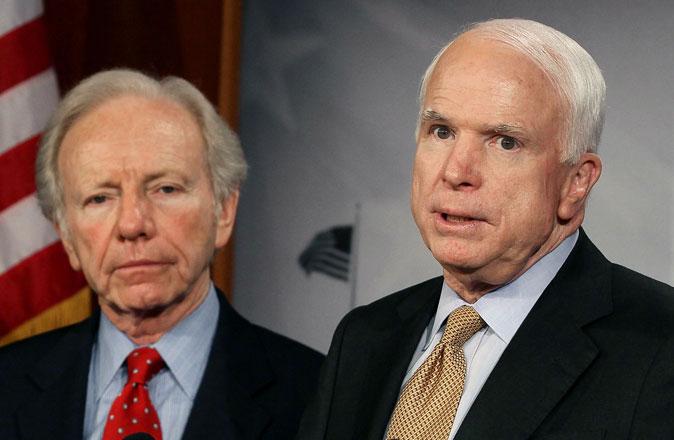Here we go again: The US Supreme Court has relaxed some political contribution limits. Cue the hype.
Last year, 2013, was the first year of the 2014 campaign cycle.
Question #1: How much did federal elected officials spend on their 2014 campaigns last year?
Answer: At least $3.45 trillion — a little over $6.4 billion for each US Senator and US Representative and for the two elected executive branch officials, the president and vice-president.
Yes, I’m talking about the federal government’s entire budget.
Every dollar the US government spends serves one or both of two functions: Buying future support or rewarding past support for the politicians who spend it.
That’s not to say that government spending doesn’t ever serve other functions … but it ALWAYS serves those two whether it’s buying farm votes and urban working class votes with food stamps, factory worker votes with “defense” contracts, teachers’ union votes with education spending, “tough on crime” votes with mass incarceration, etc.
Question #2: When was the last time a challenger for federal office raised and spent $6.4 billion in voluntary, individual campaign contributions in a single campaign year? Or two (for a congressional election), four (for a presidential or vice-presidential campaign) or six (for a US Senate campaign)?
Answer: Never. Not even close.
Every elected federal incumbent gets a multi-billion-dollar head start on any potential challenger — before the free media advantage, before internal party support against primary challengers, before even beginning to ask for campaign contributions. Is it any wonder that in the last 20 years the re-election rate in the US House of Representatives has never dipped below 80% and that it has only done so twice in the US Senate?
The last time that re-election rate dipped below 80% in the US Senate, Senators for Life (if they wished it) John McCain and Joe Lieberman threw a temper tantrum for “campaign finance reform” to “get the big money out of elections.” Not THEIR “big money,” but the much smaller “big money” that threatened their sinecures (when Lieberman later lost a Democratic primary and formed his own shell party to get re-elected, it was telling that that party was called “Connecticut for Lieberman” rather than the reverse; Connecticut, in Lieberman’s view, clearly existed for the sole purpose of providing him with a Senate seat).
The only way to “get big money out of elections” is to stop HAVING elections — an idea which, as an anarchist, I strongly support. But that doesn’t seem like something that’s going to happen any time soon, so I’ll settle for an end to the Chicken Little hype-fest that erupts every time a court declines to stop a few more drops of rain from falling in the veritable ocean of “campaign finance.”
If there are going to be “campaign finance” caps, those caps should be on total receipts, not on individual contributions. And the ceiling should be no lower for challengers than for incumbents — including the trillions the incumbents spend off the “campaign” books.
Thomas L. Knapp is Senior News Analyst and Media Coordinator at the Center for a Stateless Society. Republished from Center for a Stateless Society under Creative Commons License 3.0.
